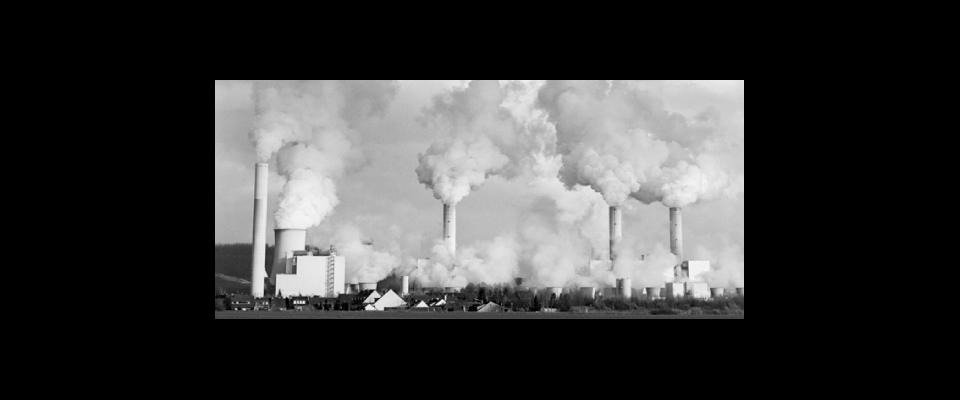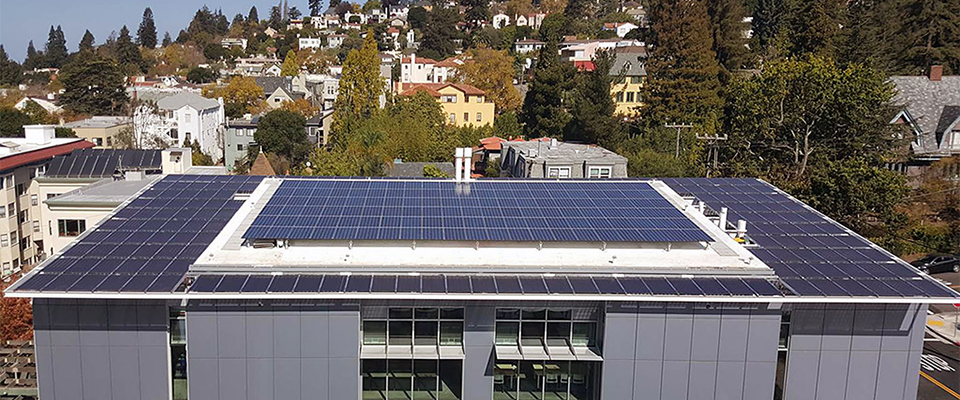New funding revitalizes the search for a stable method of storing carbon emissions.
With a recently announced $30 million Department of Energy grant, Berkeley scientists Berend Smit and Donald DePaolo are seeking a better way to capture carbon dioxide from fossil fuel–burning power plants and store it underground for hundreds of years.
The key, they say, lies in understanding how carbon dioxide interacts with rocks on a molecular level. To that end, Smit, a chemical engineering and chemistry professor, and DePaolo, professor of earth and planetary sciences, will respectively receive $2 million and $4 million annually for the next five years.
Several countries already have facilities to collect carbon from power plant emissions, but these installations have only a few decades’ worth of storage capacity, are susceptible to leaks, and require massive power to run. Just isolating the carbon from a power plant’s emissions can consume 30 percent of the total energy produced by the plant—too much to make the process feasible, said Smit. As head of the Center for Gas Separations Relevant to Clean Energy Technologies, one of the Energy Frontier Research Centers (EFRCs) established
under DOE’s Department of Science, Smit is testing materials that will require far less power to separate the carbon dioxide from other gasses, making the process more efficient. The most promising materials so far are the porous crystalline molecules known as metal-organic frameworks.
For his part of the collaboration, DePaolo established the Center for Nanoscale Control of Geologic CO2, another EFRC, to study how geologic formations will hold the carbon dioxide once it has been captured and converted into a liquid. “It’s been calculated that there should be plenty of space down there in those little tiny pores in between the sand grains and sand stones. But there’s a lot of uncertainty about what will actually happen when you attempt to [inject CO2],” DePaolo said. “It boils down to understanding chemistry and physics at this nano scale.” By predicting how the CO2 will flow, dissolve, and precipitate within those pores, DePaolo will develop methods to maximize the rocks’ permeability and thus the reservoirs’ storage capacity.
Still, Smit recognizes this technology is designed only to mitigate the impact of hydrocarbon-burning facilities. The best scenario, he said, is one in which the world doesn’t rely on fossil fuels, and his technology is no longer needed.





















